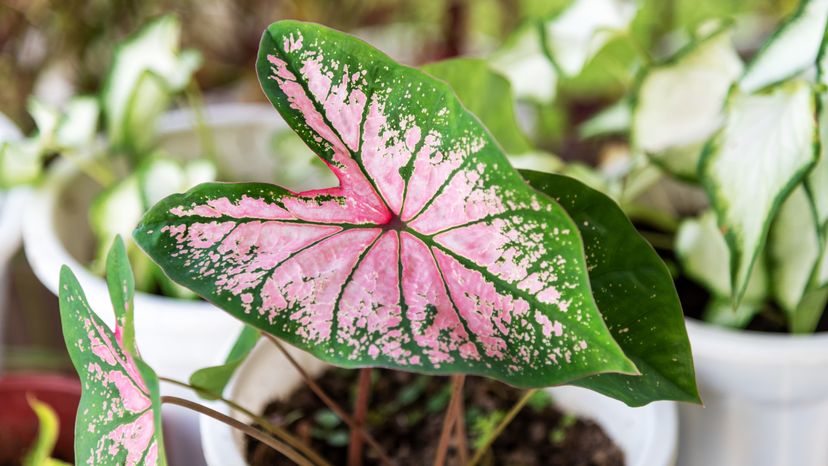Caladiums are celebrated for their spectacular array of varieties, each exhibiting unique patterns and colors. Among the multitude, several species stand out for their distinct characteristics.
The Caladium bicolor, commonly known as the 'Angel Wings', is renowned for its heart-shaped leaves and vibrant combinations of pink, green, and white. Another popular variety of fancy leaf caladiums is the Caladium x hortulanum, which includes the striking 'Florida Sweetheart' with its pink and green foliage and the 'Moonlight' with its creamy-white leaves.
The Caladium 'Florida Red Ruffles' is admired for its deep red leaves and heavily ruffled edges, making it a visually dynamic choice. For those preferring subtler elegance, the Caladium 'Candidum' offers a classic look with its large, white leaves and contrasting green veins.
Whether used for creating lush, tropical landscapes or as striking accents in containers, the diverse varieties of caladium plants offer endless possibilities for beautification and enjoyment.
